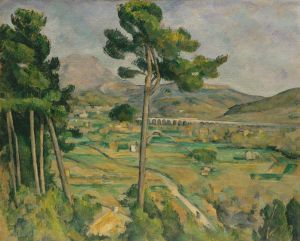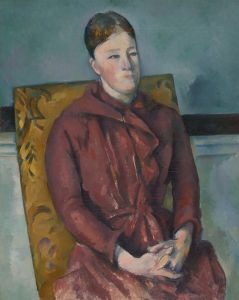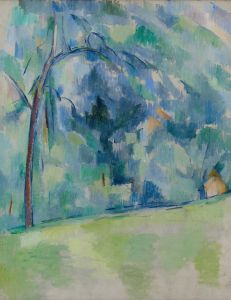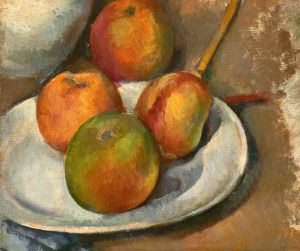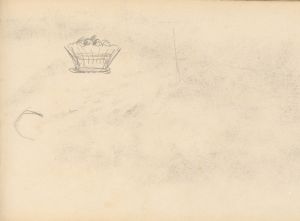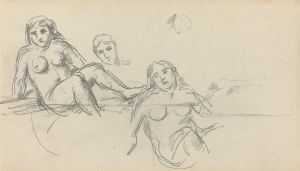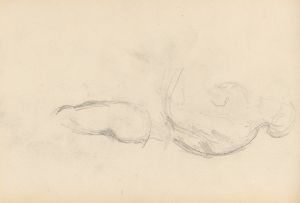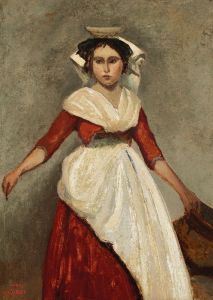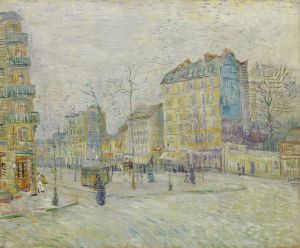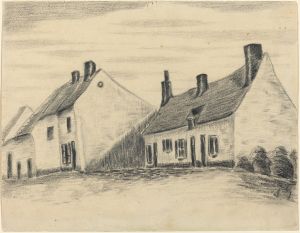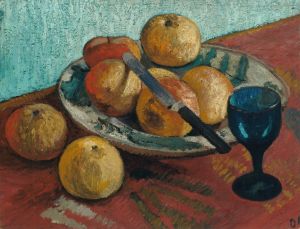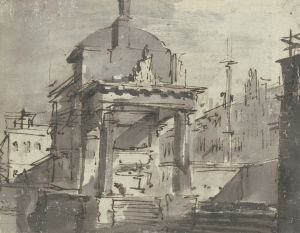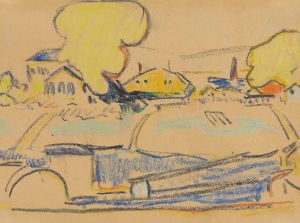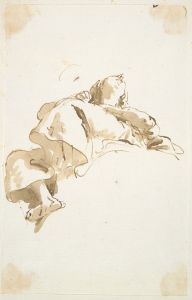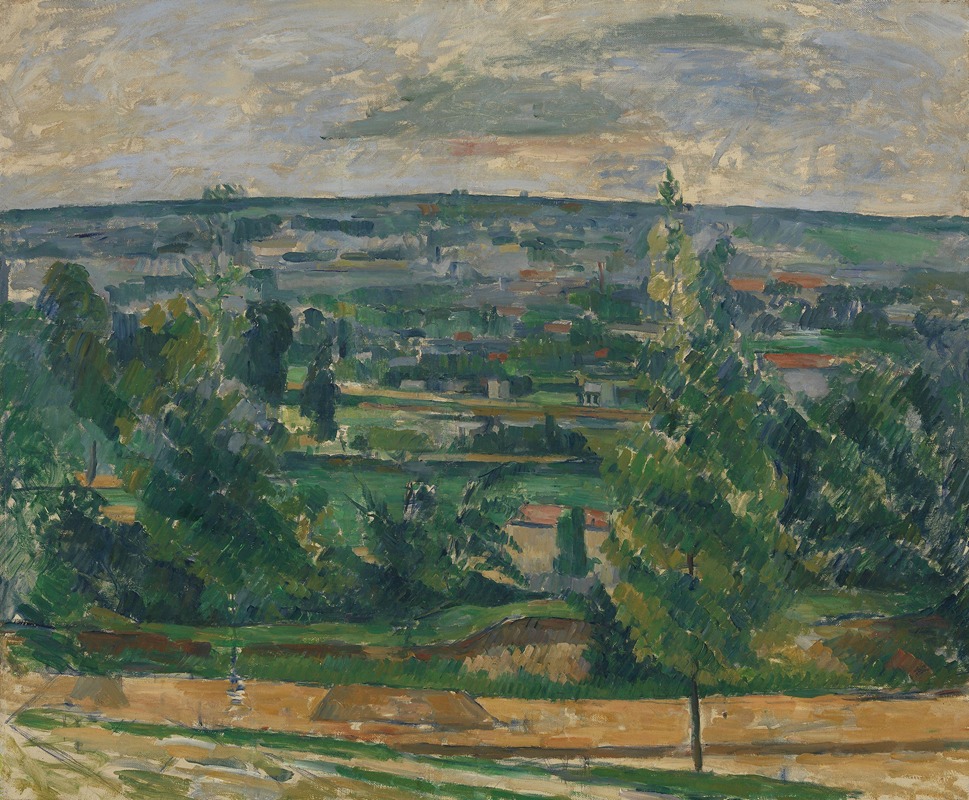
Landscape from Jas de Bouffan
A hand-painted replica of Paul Cézanne’s masterpiece Landscape from Jas de Bouffan, meticulously crafted by professional artists to capture the true essence of the original. Each piece is created with museum-quality canvas and rare mineral pigments, carefully painted by experienced artists with delicate brushstrokes and rich, layered colors to perfectly recreate the texture of the original artwork. Unlike machine-printed reproductions, this hand-painted version brings the painting to life, infused with the artist’s emotions and skill in every stroke. Whether for personal collection or home decoration, it instantly elevates the artistic atmosphere of any space.
"Landscape from Jas de Bouffan" is a painting by the French Post-Impressionist artist Paul Cézanne. Created during the late 19th century, the work is one of many that Cézanne painted at the Jas de Bouffan estate, a property owned by his family near Aix-en-Provence in southern France. The estate, which Cézanne's father purchased in 1859, served as a significant source of inspiration for the artist throughout his career. The house, gardens, and surrounding landscape frequently appeared in his works, reflecting his deep connection to the location.
This painting exemplifies Cézanne's innovative approach to landscape painting, which sought to move beyond the naturalistic representation of the Impressionists. Instead, Cézanne focused on capturing the underlying structure and geometry of the scene. His use of bold brushstrokes and a carefully considered palette demonstrates his interest in exploring the interplay between color, form, and perspective. In "Landscape from Jas de Bouffan," Cézanne employs these techniques to depict the natural beauty of the estate, emphasizing the harmony between the built environment and the surrounding countryside.
Cézanne's work at Jas de Bouffan is often seen as a bridge between Impressionism and the later development of modern art movements such as Cubism. His methodical approach to composition and his emphasis on the materiality of paint influenced many artists who followed him, including Pablo Picasso and Georges Braque. The Jas de Bouffan series, including "Landscape from Jas de Bouffan," is considered a cornerstone of Cézanne's artistic legacy.
The exact date of "Landscape from Jas de Bouffan" is not definitively documented, but it is believed to have been painted during the 1870s or 1880s, a period when Cézanne was deeply engaged with the landscapes of Provence. The painting is now held in the collection of the National Gallery of Art in Washington, D.C., where it is appreciated as an important example of Cézanne's contribution to the evolution of modern art.
As with many of Cézanne's works, "Landscape from Jas de Bouffan" invites viewers to contemplate the relationship between nature and artistic representation. Through his unique vision, Cézanne transformed a familiar setting into a timeless exploration of form and color, solidifying his reputation as one of the most influential artists of his time.





